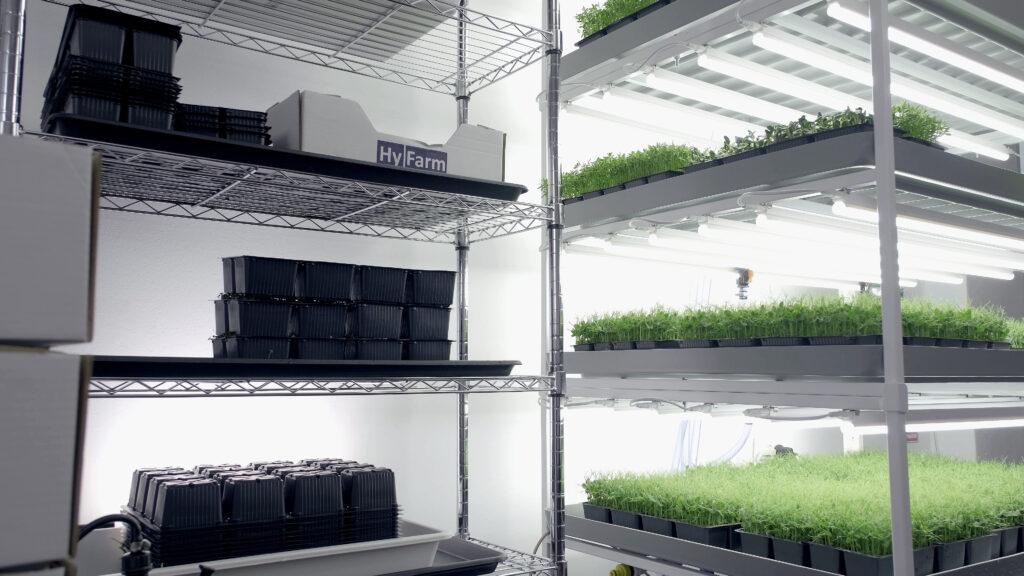Welcome to an exciting journey into the world of plant growth in space, where we explore the impact of these experiments on future agriculture. Recent discoveries have demonstrated that space is not only meant for astronauts but also for our beloved plants. Let’s discover together what happens when gardening meets astronomy!
1. The Need for More Water in Space Plants:
A recent experiment brought an unexpected surprise, revealing that plants in space require more water than their Earth counterparts to grow optimally. Observing the accelerated growth of a plant named Mizuna due to a faulty sensor providing excessive water, we learned that the unique conditions in space can play a significant role in enhancing plant growth. Imagine the benefits of being able to cultivate food rapidly and efficiently, both in space and on Earth!
2. Searching for the Perfect Roots:
The HydroTropi experiment unveils the fascinating aspect of plant growth under microgravity conditions. This study aims to understand how plant roots develop in space and how we can manipulate this growth to achieve optimal conditions for cultivation on Earth. The knowledge gained from these experiments can propel advancements in agriculture and gardening.
A space experiment conducted by astronaut Chiaki Mukai demonstrated that cucumber plant roots grow towards water in microgravity conditions. This discovery suggests that water becomes the primary factor determining root growth orientation in space. To investigate this relationship further, a new experiment will be conducted aboard the International Space Station (ISS) to examine root bending and identify the molecular mechanisms involved. The results of this experiment can have practical applications in controlling root growth orientation in specific environments and contribute to the development of more efficient and sustainable agriculture both in space and on Earth.
3. Innovations for Future Agriculture:
Space experiments, while primarily exploring cosmic space, also offer significant opportunities for Earth’s agriculture. Understanding plant growth in extreme conditions and developing space-specific technologies can contribute to more efficient and sustainable crop growth in challenging terrestrial environments. These discoveries can lead to better and more accessible food for all.
4. Advanced Environmental Control Systems:
To ensure optimal plant growth conditions in space, the implementation of advanced environmental control systems is necessary. These systems monitor and regulate factors such as temperature, humidity, light, and CO2 concentration. Interestingly enough, these are also the fundamental elements of the system we use at Hy-Farm for cultivating microplants on Earth! It’s called hydroponics, which enables plant growth without soil, utilizing resources efficiently both on Earth and in space. Through hydroponics, we can grow plants using fewer resources and without the need for pesticides or chemicals. This is particularly crucial in the context of developing sustainable agriculture that provides healthy and safe food for humans, both on Earth and in space. Thus, hydroponic technology proves to be a valuable tool for the future of agriculture, regardless of the environment in which it takes place.
By exploring and understanding plant growth in space, we open doors to unlimited opportunities for future agriculture. These discoveries help us push boundaries and adapt to new and challenging environments, contributing to progress and innovation in the agricultural field. While we explore the cosmic realm, we directly benefit our agriculture on Earth, leading to a greener, healthier, and more sustainable world.


